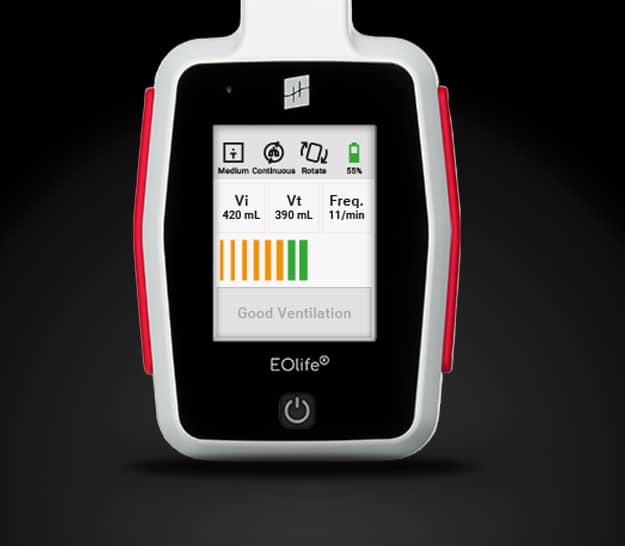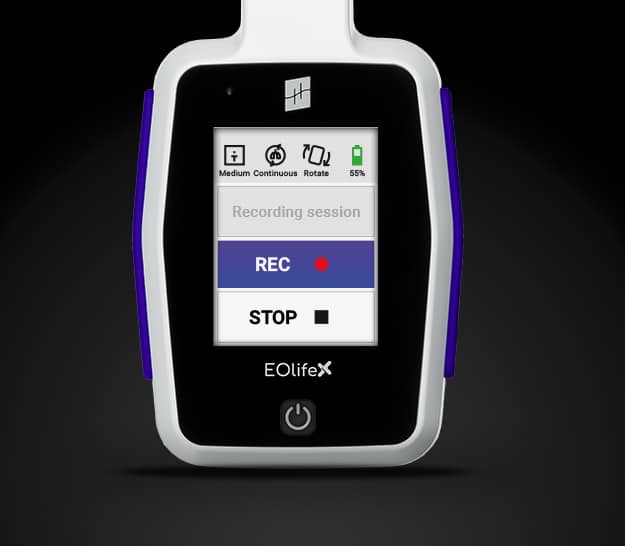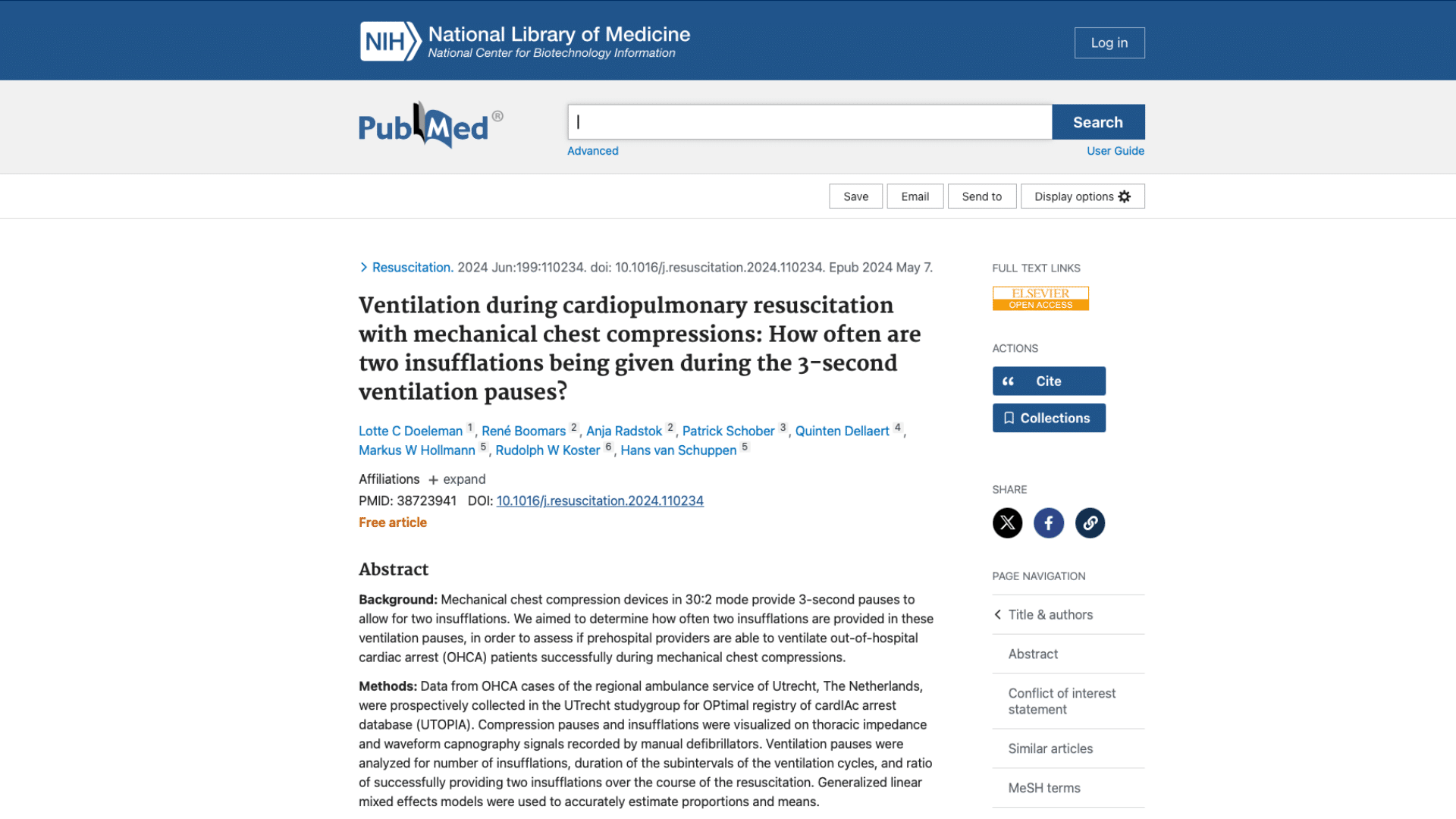The 30:2 resuscitation strategy in CPR involves 30 chest compressions followed by 2 insufflations. This approach aims to maintain blood flow through compressions and provide oxygen exchange during insufflations. However, do providers consistently follow this plan?
Analyzing 250 adults OHCA cases from 2017, Lotte Doeleman et al. found that two insufflations were not successfully given in over half of the compression pauses (55%), and in 1 out of 5 cases, no insufflation was given.

In a retrospective observational study published in 2024, Lotte Doeleman et al. investigated 250 cases of out-of-hospital cardiac arrest (OHCA) in adults. The study utilized data from the UTOPIA database, a prospective registry covering all-cause OHCA cases in the Utrecht region of the Netherlands. The inclusion criteria focused on patients with medical OHCA who were resuscitated using a 30:2 compression-to-ventilation ratio and the LUCAS mechanical chest compression device. Ventilation patterns were analyzed through transthoracic impedance analysis, based on data recorded by the defibrillator.
The study’s findings are concerning. The authors highlighted a high incidence of pauses with inadequate ventilation during mechanical chest compressions. Specifically, 55% of pauses failed to deliver the recommended two insufflations, and in 19% of pauses, no insufflations occurred at all. This raises significant concerns about the quality of cardiopulmonary resuscitation (CPR) when mechanical devices are used, potentially compromising patient oxygenation.
While the authors suggest that extending the duration of compression pauses could help to address this issue, there is no fail-safe mechanism to prevent missed insufflations.
The only viable solution to mitigate this risk is to use a Ventilation Feedback Device (VFD) such as EOlife!
[1] : Bonnie D. Snyder, Molly R. Van Dyke, Robert G. Walker, Andrew J. Latimer, Bartholomew C. Grabman, Charles Maynard, Thomas D. Rea, Nicholas J. Johnson, Michael R. Sayre, Catherine R. Counts ; Association of Small Adult Ventilation Bags with Return of Spontaneous Circulation in Out of Hospital Cardiac Arrest; Resuscitation (2023) ; https://doi.org/10.1016/j.resuscitation.2023.109991a

The ultimate medical device for high-performance manual ventilation.
Measure and adjust in real-time the quality of your manual ventilation. Medical device designed for the manual ventilation of adult patients in cardiopulmonary arrest.

The ultimate training tool for high-performance manual ventilation.
Record your training sessions. Analyze your ventilation cycles. Improve your manual ventilation practice.



